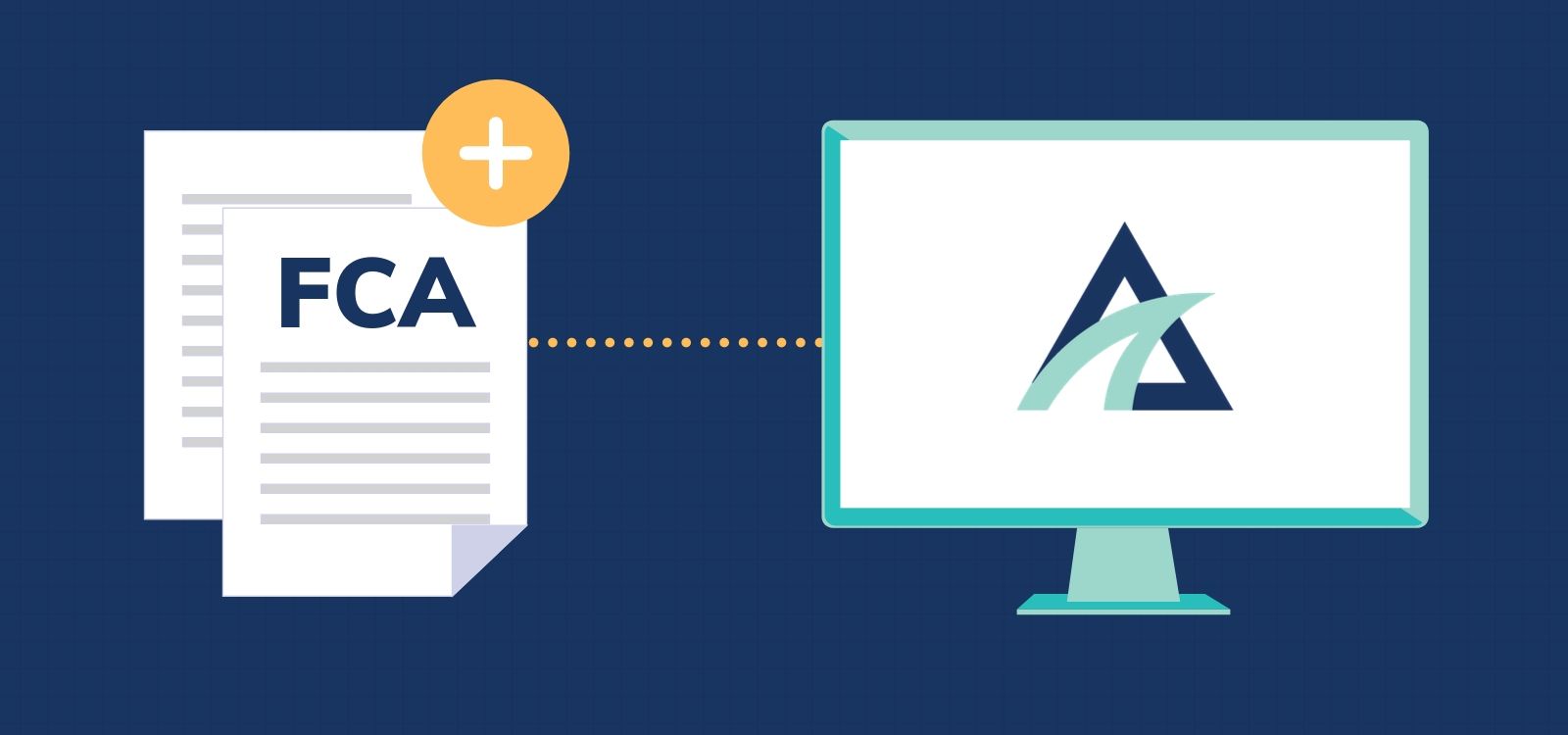
Friction between the compliance department and the rest of the business often stems from a fundamental misunderstanding of the overall function of compliance. Here we explore how leaders can reshape this narrative and establish a strong culture of compliance across the organization.
—
A Perception Problem
While the business as a whole may position compliance as the police station filled with rules and regulations, compliance is actually the company’s line of defense and vigilant resource to protect against supervisory actions that ultimately impede company growth. However, that may not be how employees perceive the compliance department.
Unfortunately, compliance’s goal of reducing risk often puts it at odds with areas of the business that are attempting to generate revenue. Since most other departments don’t directly interact with regulatory bodies, compliance departments can be perceived by the lines of business as an inner regulatory body that should be treated with apprehension.
Whether prosecutors or companies, whether compliance officers or in-house counsel or boards, we all have critical roles to play in compliance. —John Cronan, U.S. Department of Justice
The Golden Goose of Compliance
While some of the more forward-thinking CEOs in financial services may understand the importance of compliance, others may need an additional push. It’s critical that the C-suite (especially the CEO) get on board with compliance — top-down corporate changes are usually the most successful.
Compliance leaders can help get the CEO on board by coming armed with an arsenal of relevant data that play to the CEO’s values. If the CEO is a corporate entrepreneur-type or financial-driver, make sure that he or she knows that proper compliance procedures give them a competitive advantage. Regulation is changing more rapidly than ever; companies that are able to expertly navigate the regulatory morass will be better positioned to win in a hyper-competitive world.
It’s much easier to institute quick corporate changes aimed at increasing revenue if business unit leaders don’t have to fear the “men-in-suits” — not to mention the fines associated with a failure to comply.
If the CEO is the people’s champion or corporate missionary-type, appeal to his or her desire to build an ethical business with a pristine reputation, and be prepared to come with specific examples of industry peers whose business has taken a hit due to reputation damage.
Beyond the CEO, the Chief Compliance Officer also wields significant influence and can institute change. By being transparent, friendly, and personable, and by making an effort to raise compliance awareness across the business (via annual compliance trainings and consistent communication to other departments) the CCO can transform the perception of compliance from “the police” to “the defender of employees”.
Once the C-suite is on board with corporate culture shifts, it’s much easier to introduce an environment of positive culture growth. For example, compliance can even be built into variable compensation, meaning that business units who do well in compliance receive a higher bonus.
This environment of top-down support is what we call the “golden goose of compliance” — a wealth of positive impact that continues to drive value for the organization. The C-suite should institute a positive reinforcement strategy with frequent rewards and recognitions; this will cultivate positive compliance practices and ease any of the initial frictions that come with new training and bonus-ing systems.
A Change of Style
As compliance teams continue to navigate the space between inward regulation and outward defense, we see the evolution of RegTech ushering in a new breed of compliance officer — one that is rooted in personality as much as technical proficiency.
We are accustomed to the image of the compliance officer tied to his or her computer, deeply entrenched in research and analysis. However, as new tech tools increasingly free compliance teams from the rote, manual tasks traditionally associated with their roles, they will spend more time fostering relationships with other business units.
Striking a balance between friendliness and assertiveness is a diplomatic art, and one that compliance officers will need to master — especially when dealing with big personalities from other business units. This need for relationship-building skills will play a larger part in hiring more than ever.
Embracing Technology
A major pain point for many businesses is that their traditional lines of defense — compliance, risk, and audit — act as isolated systems instead of congruent channels. The right technology can help these units better gather and share information, relay insights, and manage tasks in a way that ensures completion and accountability.
Financial firms are investing more in compliance technologies every year, and it’s clear why – non-compliance costs (due to business disruption, declines in productivity, fees, and penalties) are 2.71 times the cost of compliance.
RegTech tools don’t replace humans; instead, they empower them and give them the freedom to interact and negotiate in a business environment — which makes your business more, not less, human. This alignment of people, process, and technology also frees up wasted CCO time, which was previously spent on fostering inward relationships between the lines of defense to reduce friction. With streamlined operations, CCOs can focus their time on working with other departments and outside businesses to create deep relationships that go beyond the meeting room.
What does this all look like in the end?
You want a C-level change that positions compliance at the heart and soul of the business. Instead of being viewed as the internal regulators, they should be viewed as a regulatory defense mechanism. Bonuses and training can help unload the change quickly, and AI-powered software can free CCOs and compliance workers from repetition and give them the ability to move between departments and foster real, meaningful change.
Subscribe below to receive helpful content designed to help you stay at the forefront of compliance and technology.








